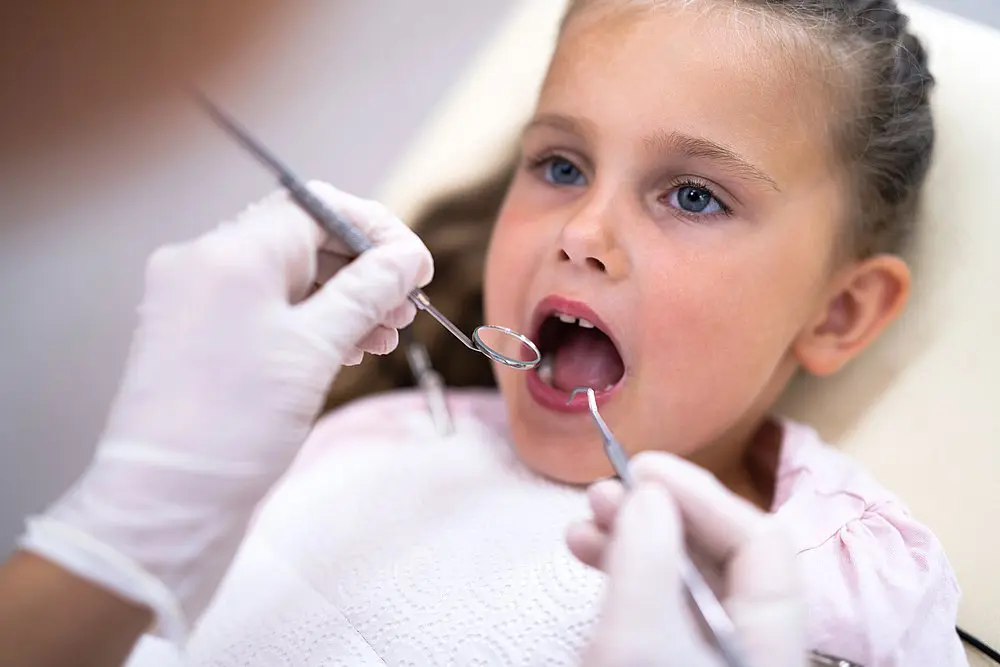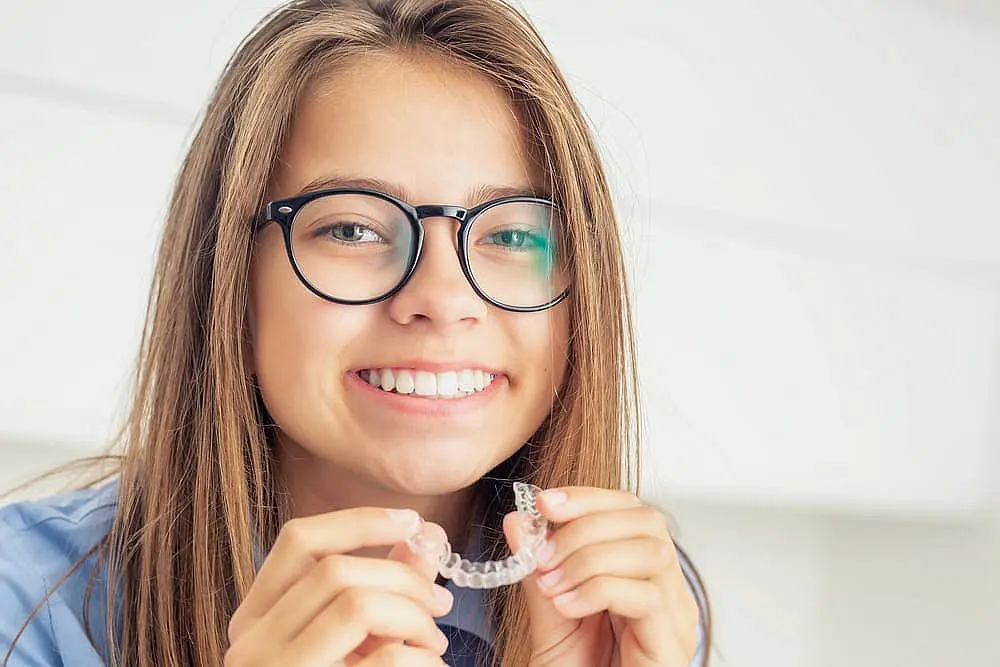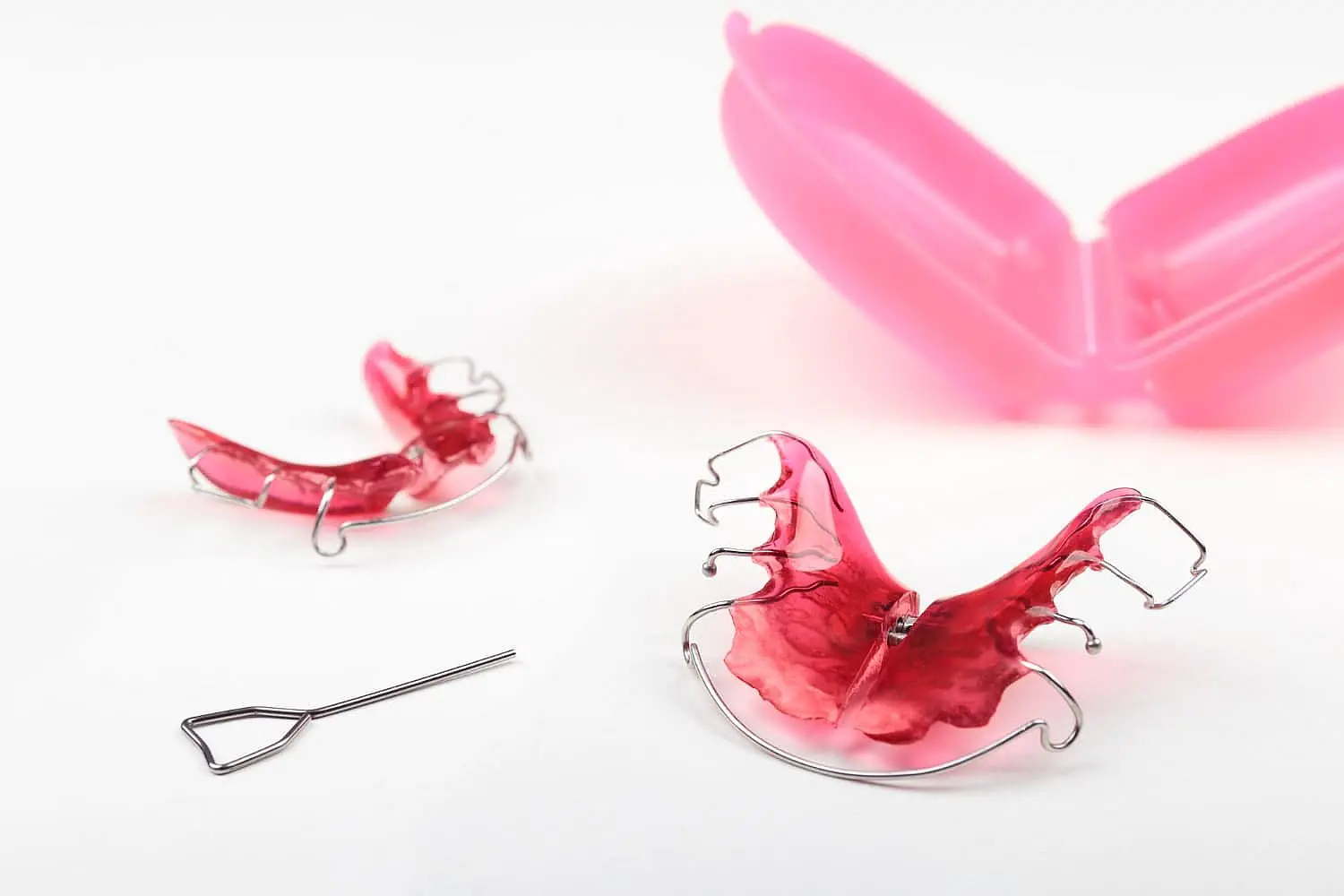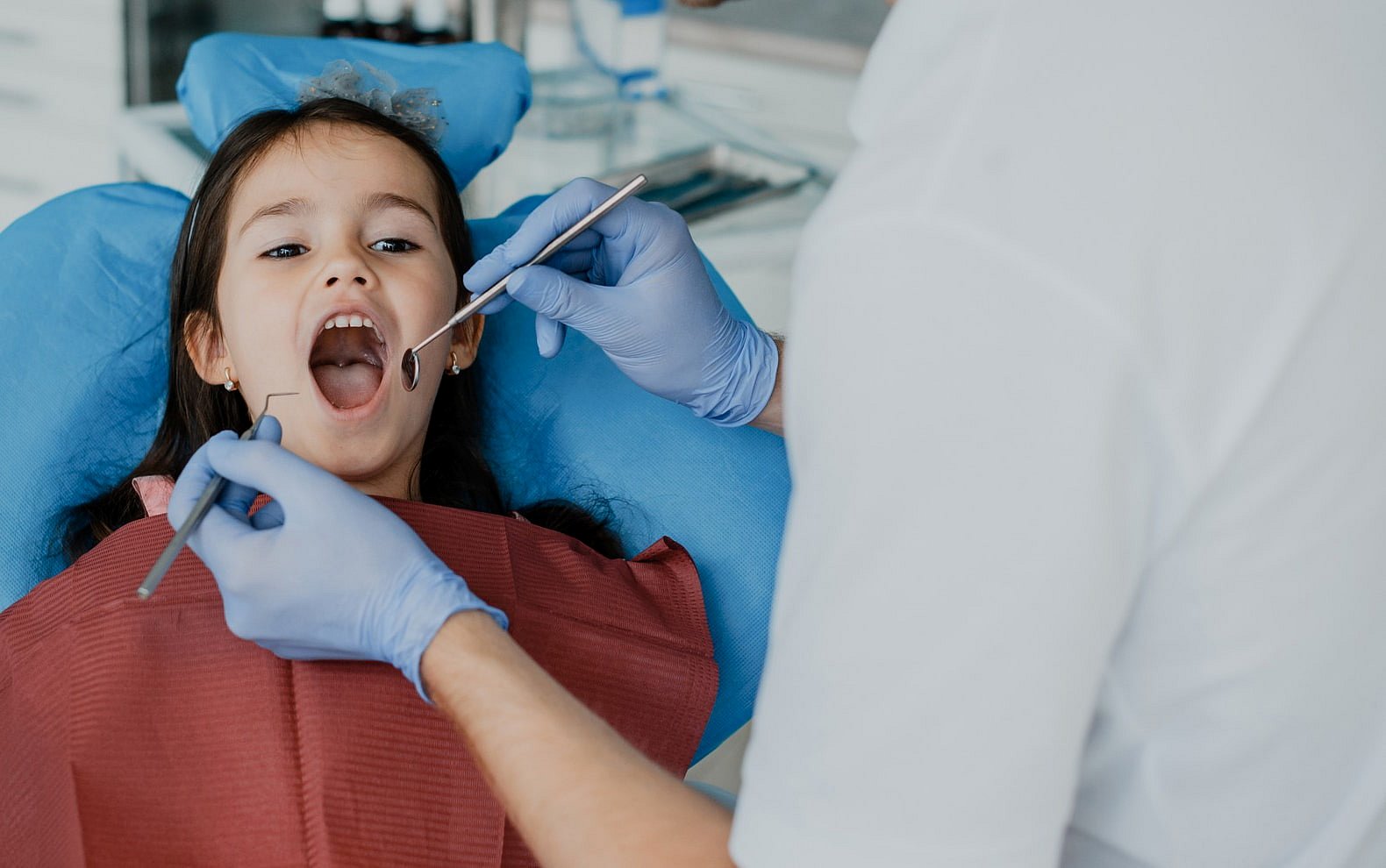
Give Your Child a Lifetime of Smiles
Your child needs straight teeth and aligned jaws for a durable, healthy smile. While the ideal age for orthodontic care can differ, Dr. Jacob and the American Association of Orthodontists recommend a first visit around age seven.
What is Early Treatment?
Early treatment at Smile City Orthodontics helps prevent or address major dental problems and makes future care shorter, easier, and more affordable. In some cases, Dr. Jacob can achieve results that would be harder to accomplish after the face and jaws finish growing.
When is the Best Time for Treatment?
While the age kids get braces differs, orthodontic treatment in Sunnyvale typically begins between ages 9 and 14, as some dental issues are easier to fix early.
Role of a Children’s Orthodontist
Importance of Early Orthodontic Intervention
Early orthodontic care, or interceptive orthodontics, addresses problems early so bigger issues don’t develop. Benefits include:

Preventing severe dental issues
Healthy teeth and jaws not only improve oral health but also how others see you.
Improving appearance
and confidence
Starting treatment early saves time, effort, and discomfort.
Enhancing overall oral health
Straight teeth are easier to maintain, reducing the risk of gum disease and cavities.
Benefits of Children’s
Orthodontic Treatment
Improved Oral Health and Hygiene
Enhanced Speech Development
Prevention of Future Dental Issues
Boosted Confidence and Self-Esteem
Understanding Children’s
Orthodontic Treatment
Braces
Braces are fixed to teeth and connected by wires.
Aligners
Clear, removable plastic trays that fit over teeth.
Retainers
These are used after braces or aligners to keep the teeth in their new position.
Space maintainers
These are used when a child loses a baby tooth prematurely.
Importance of Early Evaluation
The American Association of Orthodontists advises a check-up for kids by age seven. Identifying problems like overcrowding or bite issues early simplifies care and prevents bigger complications.

Treatment Process
Consultation
Includes examination, X-rays and impressions.
Appliance Placement
Orthodontic devices are fitted based on the treatment plan.
Follow-ups
Regular adjustments to monitor and ensure progress.
Retention
A retainer is often used after treatment to maintain results.

Appointment Duration and Frequency
The length and timing of orthodontist appointments depend on the device used and issue severity. For braces, adjustments often occur every 4-6 weeks, while aligners are changed around every two weeks. Visits typically last between 30 to 60 minutes, with overall treatment lasting 6 months to 3 years or more.
Common Orthodontic
Issues in Children

Overbite, Underbite, Crossbite and Spacing Problems
Crooked or Misaligned Teeth
Can result from genetics, thumb-sucking, or injury, making cleaning harder and increasing tooth decay risks.
Crowding or Spacing Issues
Too little space leads to tooth overlap, while too much space allows food to stick, both raising decay risks.
Thumb Sucking and Other Oral Habits
Continued thumb-sucking changes mouth shape and tooth alignment.
Orthodontic Treatment Options for Children

Traditional Braces
Traditional braces have been used in orthodontics for a long time and are still the most common type of appliance today.
Components
Brackets, archwires and ligature elastics.
Benefits
Effective for serious alignment problems, are long-lasting, and can treat many different dental issues.

Clear Aligners
Clear aligners are a modern option for straightening teeth instead of using traditional braces.
How They Work
Use consistent pressure to gradually move teeth, with new aligners replaced every two weeks.
Advantages
Discreet, removable for eating and cleaning and convenient for oral hygiene.

Functional Appliances
Functional appliances help guide proper jaw growth and are most often recommended for children and teens.
Types
Twin Block, Bionator and Herbst appliances.
Benefits
Can improve jaw function and facial aesthetics, preventing future dental problems.

Retainers
Retainers are important for keeping teeth in their new positions and preventing them from shifting back to their original alignment.
Types
Removable (can be taken out for cleaning) and fixed (permanently bonded).
Benefits
Essential for maintaining the results of orthodontic treatment and a lasting smile.

Importance of Early Orthodontic Intervention
Finding the Right Pediatric Orthodontist
When selecting an orthodontist for your child, consider their training and experience to ensure they’re qualified to meet your needs. Look for orthodontists who specialize in children’s care. Practical factors, such as location, convenient hours, and payment options (like insurance), should also be considered. Choosing the right orthodontist ensures a positive experience for your child.



